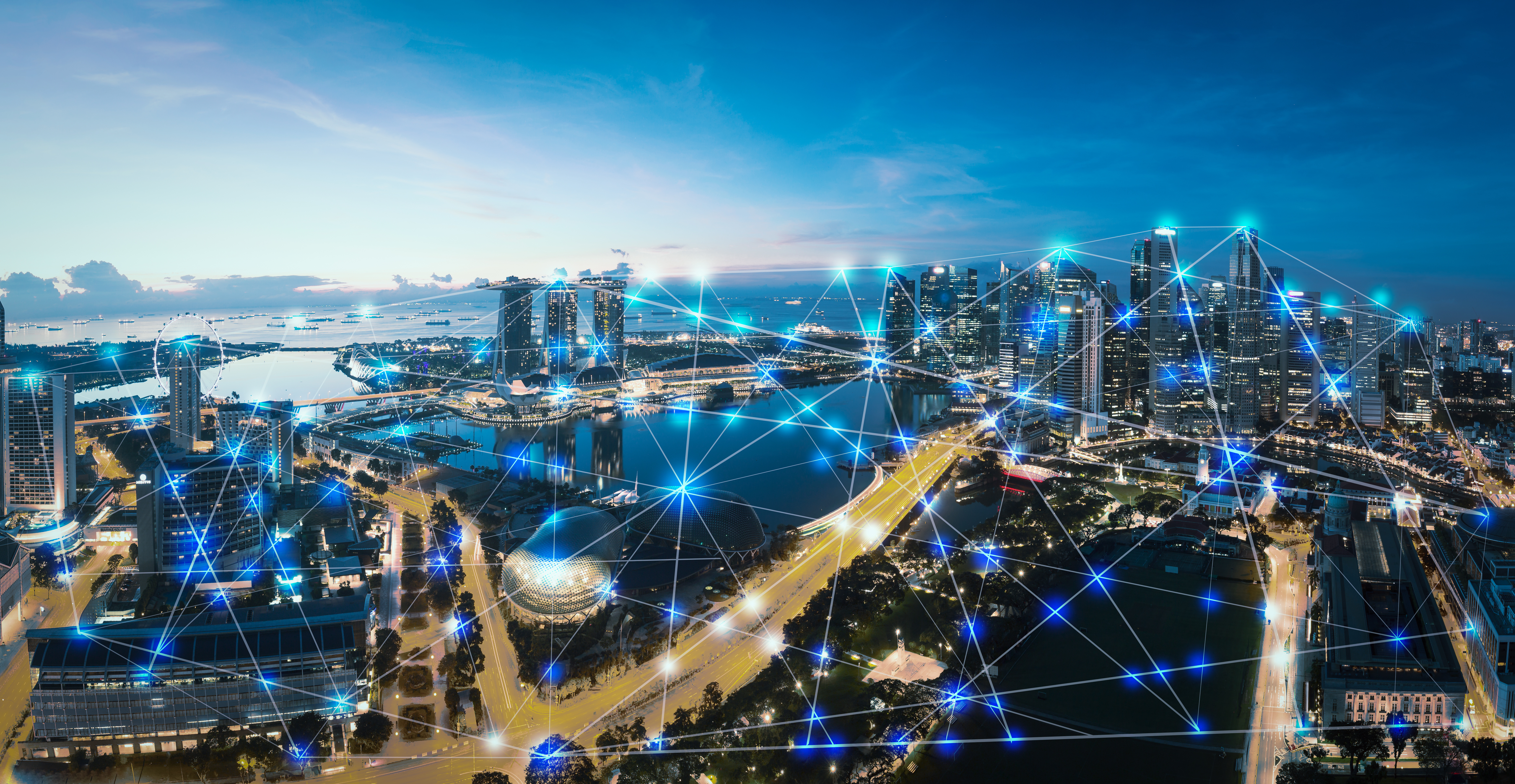BY AJINDER SINGH, General Manager for Building Automation, and CHRISTINA LEE, System Engineer for Building Automation
Texas Instruments
www.ti.com/buildingautomation
Deploying the internet of things (IoT) for smart buildings starts with a sensor node that senses real-world physical parameters. Many of these sensor nodes use a gateway to connect to the cloud. Traditionally, the approach was to gather and send data through networks to the cloud for processing and leveraging. Given numerous factors, however, including network bandwidth, cost, and latency, there’s a strong case for more intelligence “on the edge” wherein the sensor node is able to process data locally and only sends information to the cloud when absolutely necessary.
Because of space constraints and wiring costs, an increasing number of sensor nodes must be able to operate on batteries and connect to the cloud wirelessly. The wireless connection should be a reliable, long-range communication protocol that can work in noisy environments — even metal, which can interfere with radio communication. The sensing subsystem that senses, amplifies, and filters physical parametric data such as temperature, humidity, and carbon monoxide must be able to provide a reliable signal-to-noise ratio and compute quality data for sending to the cloud or for local processing.

Image: Adobe Stock.
Needing both long-range wireless communication and a quality sensing subsystem while operating on a battery means that the sensor node has to do more with less. So let’s look into different application scenarios and how to partition and optimize various subsystems from sensing to the analog front end to wireless connectivity to the human-machine interface (HMI).
In a scenario in which a sensor node monitors the health of a motor, it’s possible to optimize the overall node by minimizing the current consumption to almost tens of nanoamperes during sleep mode. By operating the sensor in sleep mode the majority of the time, wireless motor monitoring can run for five to seven years on a single coin-cell battery . If the sensor cannot be in sleep mode or switched off for the majority of the time (such as a carbon monoxide or motion detector), you can implement the sensing analog signal chain with extremely low-power or nano-power solutions.
Even if the source of power is readily available (in cases like an elevator button panel or a building security gateway), it’s still better to have an overall low-power footprint, especially for quiescent currents. Therefore, when all of the sensor nodes are added up, the overall energy footprint of buildings will be minimized and lead to more green cities as measured by carbon footprint.
Take a video doorbell application powered from a 24-VAC transformer. There is a limit to how much current can be pulled to run the processor and Wi-Fi before leading to a false doorbell chime. To supplement the higher current draw, the power architecture should include highly efficient switching regulators with nanoamperes of quiescent current as well as smart battery-management devices.
Another important subsystem within a sensor node that requires a thoughtful implementation is the HMI, which must be intuitive so that the commissioning of sensor nodes to the network and maintenance can be communicated correctly and efficiently. Traditionally, a display is used but can draw too much current, especially with a limited power budget in a sensor node. Instead of displays, one creative implementation is to use color wheels that contain red, green, blue, and white LEDs. These LEDs can generate different colors and/or brightness to convey the status of the sensor node, as shown in smart home devices like smart locks and smoke detectors.
To accelerate the vision of smarter, greener, and more interactive buildings, we need to tackle the key hardware system-level challenges. Creative solutions will be an equal function of designing a smart signal chain and managing power as well as implementing connected microcontroller solutions.
Advertisement
Learn more about Texas Instruments





